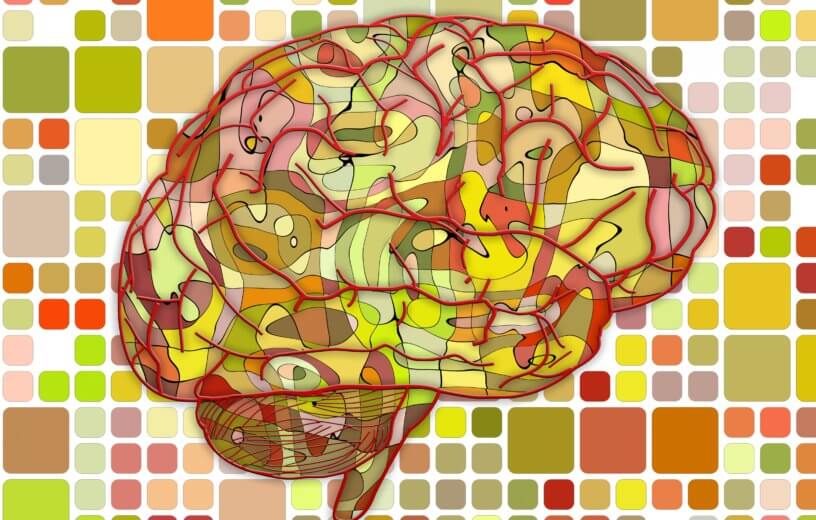SAO PAOLO, Brazil — A study by brain researchers and scientists at the University of São Paulo Medical School in Brazil found that transgender people may have slight differences in their brain structure when compared to cisgender individuals.
The term “cisgender” refers to people whose gender matches their sense of identity, whereas a transgender individual feels as if they’re a different gender from what they were declared at birth based on typical sex characteristics.
“The first studies with images of the brains of transgender individuals looked for structures, regions or even functional parts of the brain that most resembled those of people of the gender with which those individuals identified,” says Giancarlo Spizzirri, first author of the study, in a release. “We found that trans people have characteristics that bring them closer to the gender with which they identify and [that] their brains have particularities, suggesting that the differences begin to occur during gestation.”
The researchers performed a structural analysis on 80 study participants using an MRI machine to determine differences in gray and white brain matter. The participants were between the ages of 18 and 49 and were divided into four groups of 20: cisgender women, cisgender men, transgender women who had taken no hormones, and transgender women who had taken hormonal treatment.
The results revealed a difference in brain volume in the region known as the insula, which is an important component in body image and self-awareness, along with other brain functions. The insula was smaller by volume in both hemispheres for transgender women who have and haven’t taken hormones when compared to cisgender women. Overall, the insula was the same size in transgender women and cisgender men, but smaller in transgender women compared to cisgender women.
“It’s important to recall that there’s no such thing as a typically female or male brain. There are slight structural differences, which are far more subtle than the difference in genitals, for example. Brain structures vary greatly among individuals,” notes Spizzirri.
The researchers were also quick to point out that reduced volume in a particular brain region does not mean fewer cells exist there.
“We observed specificities in the brains of trans individuals, an important finding in light of the idea of gender ideology. The evidence is building up that it’s not a matter of ideology. Our own research based on MRI scans points to a detectable structural basis,” says Carmita Abdo, coordinator of the Sexuality Research Program (ProSex) at the Psychiatry Institute of Hospital das Clínicas and principal investigator of the study.
“We hope this study will be replicated with larger samples,” adds Abdo, “but right now, it can be said that the hypothesis of transgender development is supported and merits investigation.”
The study was published in Scientific Reports, and supported by FAPESP.

OK so I read and reread that.
The initial paragraph lead me to infer that trans womens’ brains may be more akin to a woman’s brain.
However, a later paragraph made it clear that the trans woman’s brain is similar to a man’s brain and dissimilar to a woman’s.
Your article seems confusing and initially misleading.